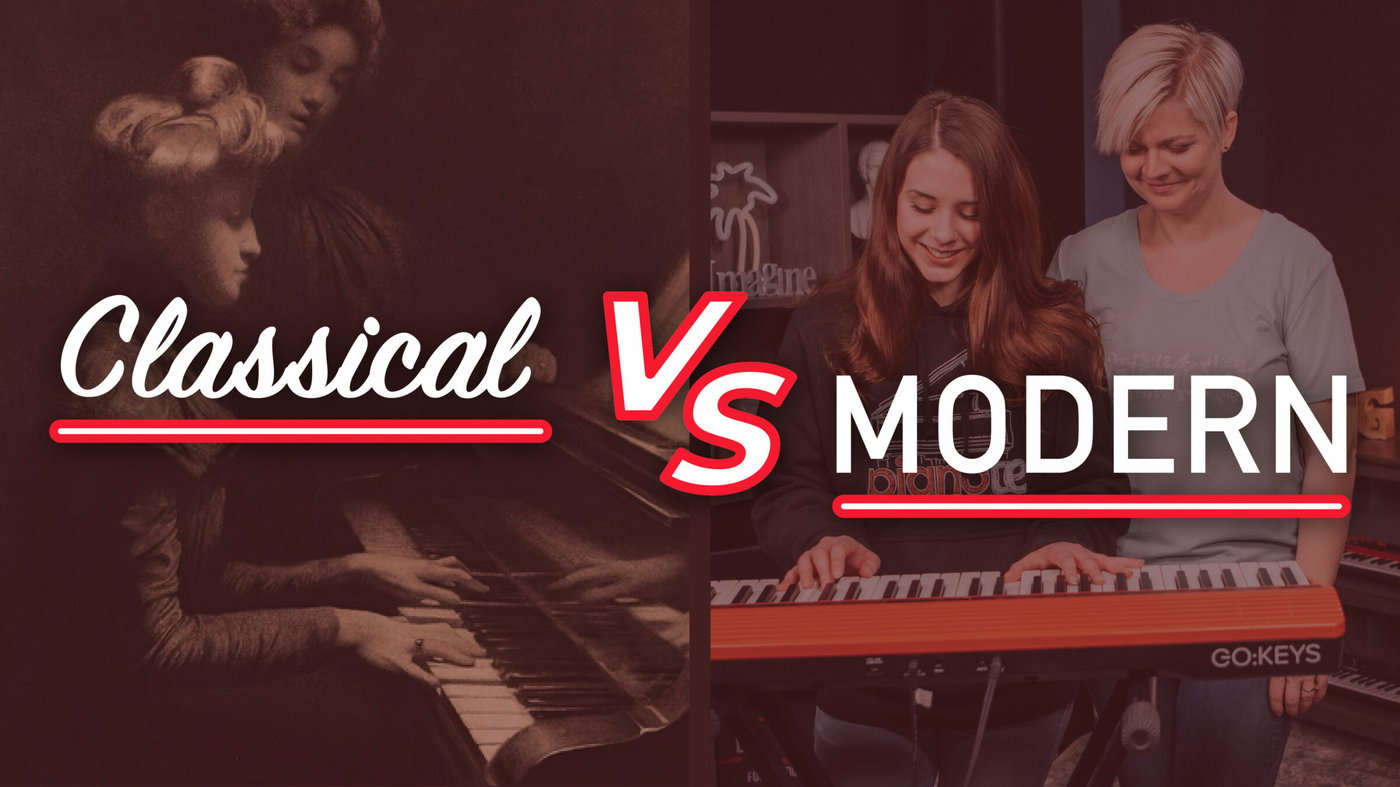
What’s the best way to learn piano? Classical piano lessons or something more modern, like online lessons?
This is a common question beginners ask. And like lots of things, the answer is “it depends.”
In this article, I’ll explore the differences between the modern approach used by Pianote and a traditional approach like the Royal Conservatory of Music. Hopefully, this will help you decide how to approach learning piano!
Subscribe to The Note for exclusive interviews, fascinating articles, and inspiring lessons delivered straight to your inbox. Unsubscribe at any time.
Everyone is biased, so I want to be upfront about mine by sharing a little about my background.
I earned my Associate diploma from the Royal Conservatory of Music (RCM) exam program. (The RCM is the national conservatory in Canada.) I’ve also tutored young people to help prepare them for their RCM exams, so I’m pretty familiar with the traditional classical approach.
On the other hand, I learned guitar in my teens. Learning guitar introduced me to chord charts, improvising, and blues scales. Then, in 2020 I started working with Pianote and became even more familiar with the “chording” approach.
Having experienced a little bit of both worlds, I can confidently say that there are pros and cons to each. I’ll further discuss my personal opinion at the end of this article.
Conservatories are institutions where students study music and then graduate with a credential. I’ll discuss the Royal Conservatory of Music of Canada (RCM) because it’s the one I’m most familiar with. But another well-known conservatory approach you may want to check out is the UK’s Associated Board of the Royal Schools of Music (ABRSM).
The RCM offers traditional in-house teaching, but it’s best known for its examination system, which is used by students across North America. There are 10 levels in the exam curriculum, Grades 1 to 10. These are followed by two additional levels, the Associate (ARCT) and the Licentiate (LRCM). Students can also earn an Associate diploma in pedagogy (teaching).
The practical RCM syllabus includes components like:
The RCM theory syllabus includes topics like:


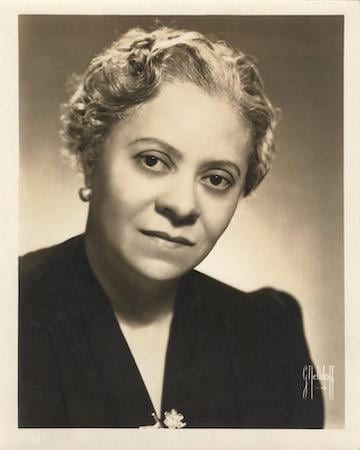
The RCM method can introduce you to classical composers throughout time, from Baroque (ie. Domenico Scarlatti) to Romantic (ie. Mily Balakirev) to Modern (ie. Florence Price).
There are a number of benefits to a traditional classical approach. It’s:
Despite being quite thorough, the RCM approach does leave out some areas:
Personally, my biggest critique of the RCM method is the emphasis on exams. Because while exam scores are useful for things like applying to university, in my humble opinion, a good grade shouldn’t be the end goal of your musical journey. Music is also subjective—what one person deems as an incredible interpretation of Chopin might be mediocre to someone else.
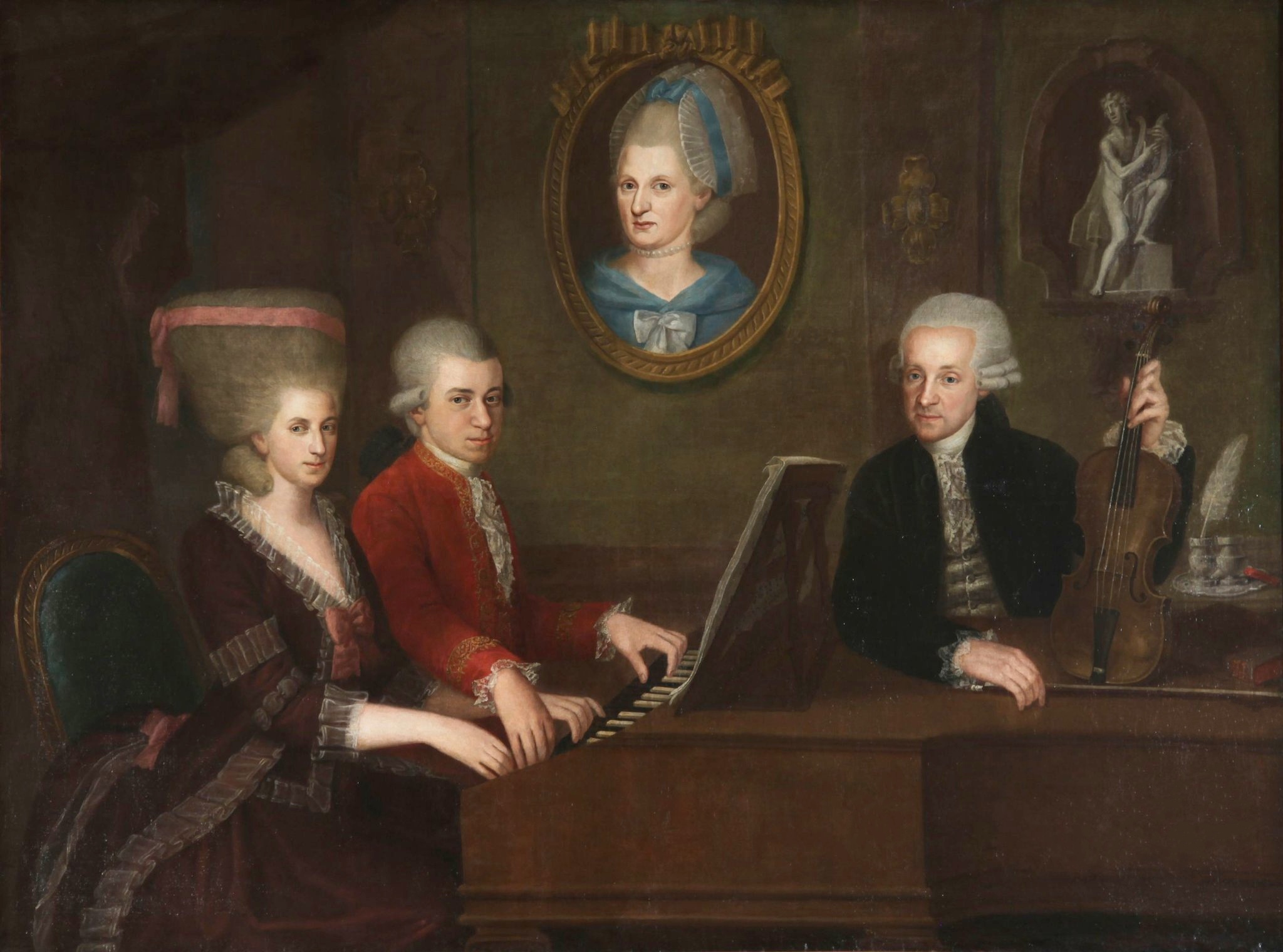
In Canada, most people who participate in the RCM system are youth because students can earn high school credit by completing certain RCM levels. But musicians of any age can enroll in the system. The classical method is best suited for:
Important note: RCM certification isn’t required for many post-secondary institutions. Auditions are preferred in many academic programs. So be sure to check your program’s entrance requirements!
Let’s face it: classical piano lessons were designed in a completely different time. Needs (and tastes) have changed.
Modern piano methods tend to emphasize chords and ear training. This is because understanding chords allows you to play from chord charts, which are often used in popular music and widely available. And understanding chords and chord charts makes it possible to play piano without reading sheet music at all.
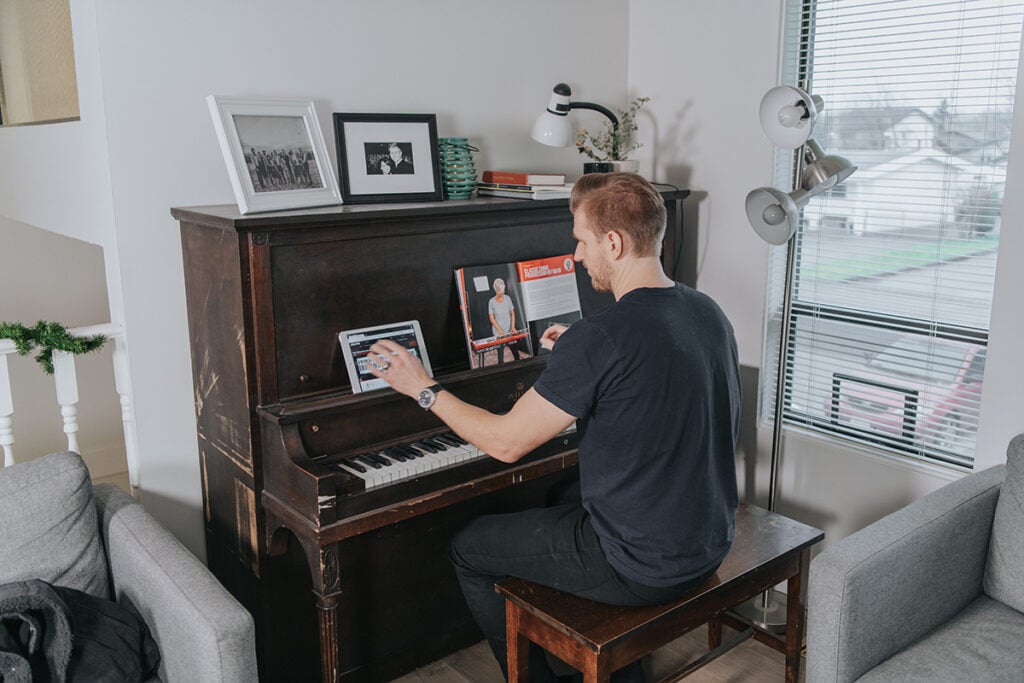
This is a huge advantage! Learning how to read sheet music can be time-consuming and frustrating for beginners. So, the modern approach is practical, efficient, and saves you time and money. In fact, you can play a large number of pop songs with just four chords.
Modern piano learning methods will vary in their approach, but many put an emphasis on chords as the foundation to everything.
The biggest difference between the RCM method and the Pianote method is that at Pianote, we introduce different concepts in each level. Here’s a summary of what you can expect to learn if you follow the Pianote Method:
Getting Started on the Piano
Keyboard Confidence & Control
The Key to Beautiful Music
Playing Chords Like a Pro
How to Read (and Write) Music
Developing Your Musicality
Common Piano Player Problems
Exploring Musical Styles
Composition and Songwriting
Go Anywhere on the Piano
You can find more details about the Pianote Method here.
Comparing the Pianote Method and the RCM method is honestly comparing apples to oranges. The Pianote Method is more about giving you the tools to progress in whichever direction you want, whereas the RCM method gradually intensifies technique through harder and harder classical pieces.
🎹 MODERN METHOD + CLASSICAL? If you like classical music but are intrigued by the modern Pianote approach, we’ve got you covered! The Pianote Method includes a classical learning path taught by Victoria Theodore, who traces her teaching pedigree to Claude Debussy (yes, that Debussy!). Not ready to be a member? Try Pianote for seven days.Of course, there are pros and cons to everything. There is an argument that modern methods can lead to a plateau of skills, while classical methods are better at building technique. The classical method is arguably more “physical.”
Classical education also emphasizes sheet music literacy. And while sight-reading isn’t a mandatory skill (fact: the Beatles couldn’t read music), it’s an extremely useful one. Being able to play anything someone puts in front of you is just convenient!
However, it’s not too difficult to fill in the gap with whichever method you choose. Classical players can take chording lessons and pop players can do technique workouts.
The chording approach that Pianote uses is best suited for:
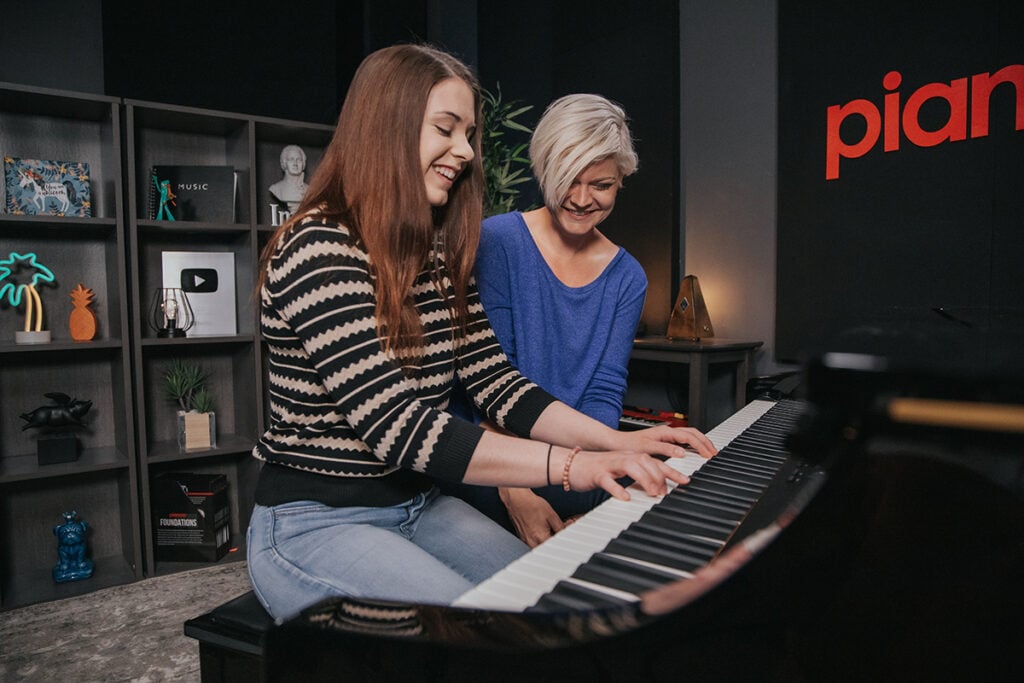
The classic story of a successful pianist begins in early childhood. They’re a child prodigy whose talent gets discovered when they can barely read. The prodigy is then paired with a renowned classical teacher and made to practice hours upon hours a day, becoming a touring concert pianist when they grow up.
But not all professional pianists share this story.
For example, Kevin Castro (one of our in-house Pianote Coaches and an incredible professional musician!) started piano as a child but quit soon after. He rediscovered the instrument in his teens and learned through YouTube tutorials. The summer before university, he decided to pursue music for good and studied as much as he could to fill in knowledge gaps. He later became one of the few students to successfully graduate on time from his university’s jazz program.
Also consider these other “late bloomer” professional pianists who buck the standard narrative:
I was an unusual child…I adored classical music and would beg my parents to play Mozart and Tchaikovsky in the car. Piano was challenging at times, but I was motivated to keep going because I wanted to play the pieces I heard in the car.
Then, as a teenager, I became interested in classic rock and picked up the electric guitar (as teenagers often do). I learned how to read chord charts and this opened up a brand new world for me; I couldn’t believe how much you can do with just chords!
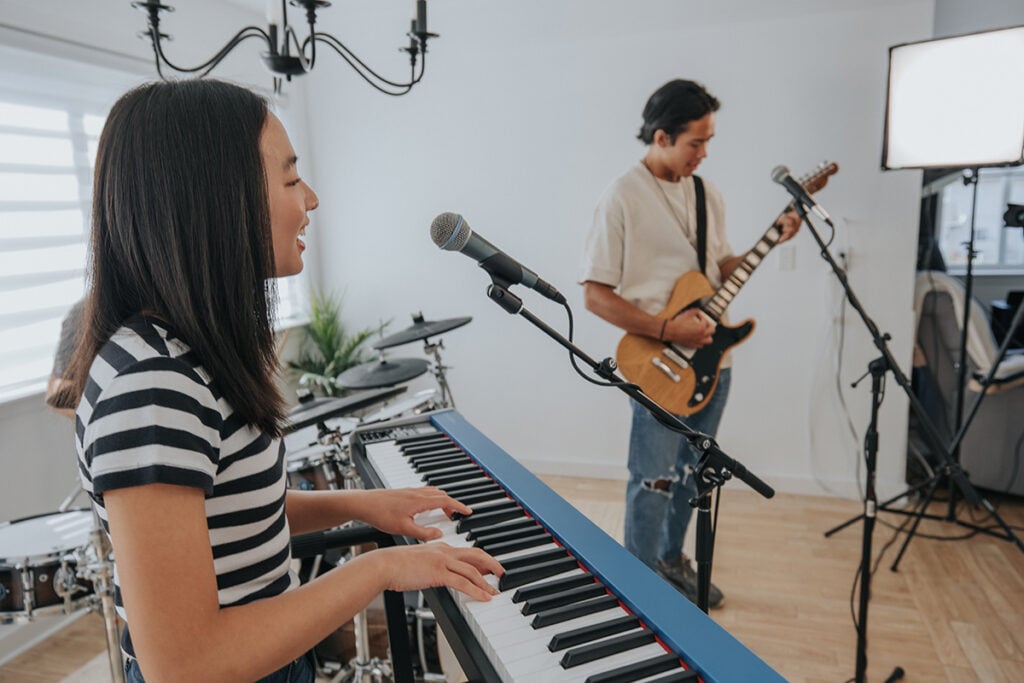
What I learned playing guitar turned out to be indispensable, because I use that knowledge every day at my job with Pianote.
That being said, my classical foundation definitely comes in handy. Having spent years drilling chords and scales, I already had the tools to improvise and play other genres. All I needed to do was use those skills in a different way.
Personally, my biggest advice is to play what you love. Go in the direction of your favorite music and that will be your perfect learning method.
As a Pianote Member, you’ll get access to our 10-step Method, song library, and growing community of piano players just like you. Plus: get coached by world-class pianists and learn whenever you want, wherever you want, and whatever you want.
TRY PIANOTE FOR 7 DAYSCharmaine Li is a Vancouver writer who has played piano for over 20 years. She holds an Associate diploma (ARCT) from the Royal Conservatory of Music and loves writing about the ways in which music—and music learning—affects the human experience. Charmaine manages The Note. Learn more about Charmaine here.
/marketing/pianote/promos/april/banner-bg-m.webp)
We use cookies for traffic data and advertising. Cookie Policy »
/marketing/pianote/promos/april/banner-title.webp)